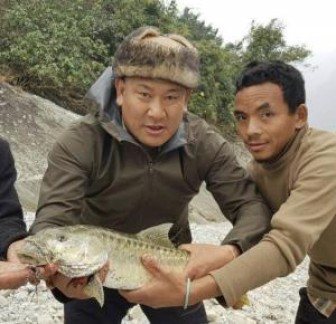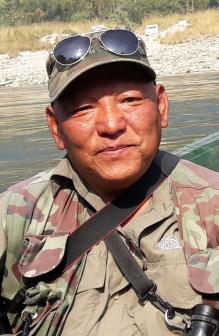



Bhutan’s commitment to maintain a forest cover of 70% of its total area as one of the four pillars of what is now known globally as the Gross National Happiness, where environmental and spiritual values are placed before material development to measure the country's economy. This created a fishing haven of pristine environment with clear rivers and streams, habitat to around 50 species of fish that include the brown trout (Salmo trutta), snow trout (Schizothorax progastus, asla) highly sought after sporting fishes (The Golden Mahseer).
Brown trout was not native to Bhutan. Introduced in 1930’s from the hatcheries in Kashmir valley of India, the brown trout thrived and created a sought after destination to the anglers. The rivers and streams of Haa, Paro, Punakha, Wangdiphodrang, Bumthang and the Southern rivers offer opportunities to fish for fun. With demands increasing, the government relaxed restrictions to open these rivers for fly fishing but strictly practiced “catch and release”. In some areas - Special Permission is required.


